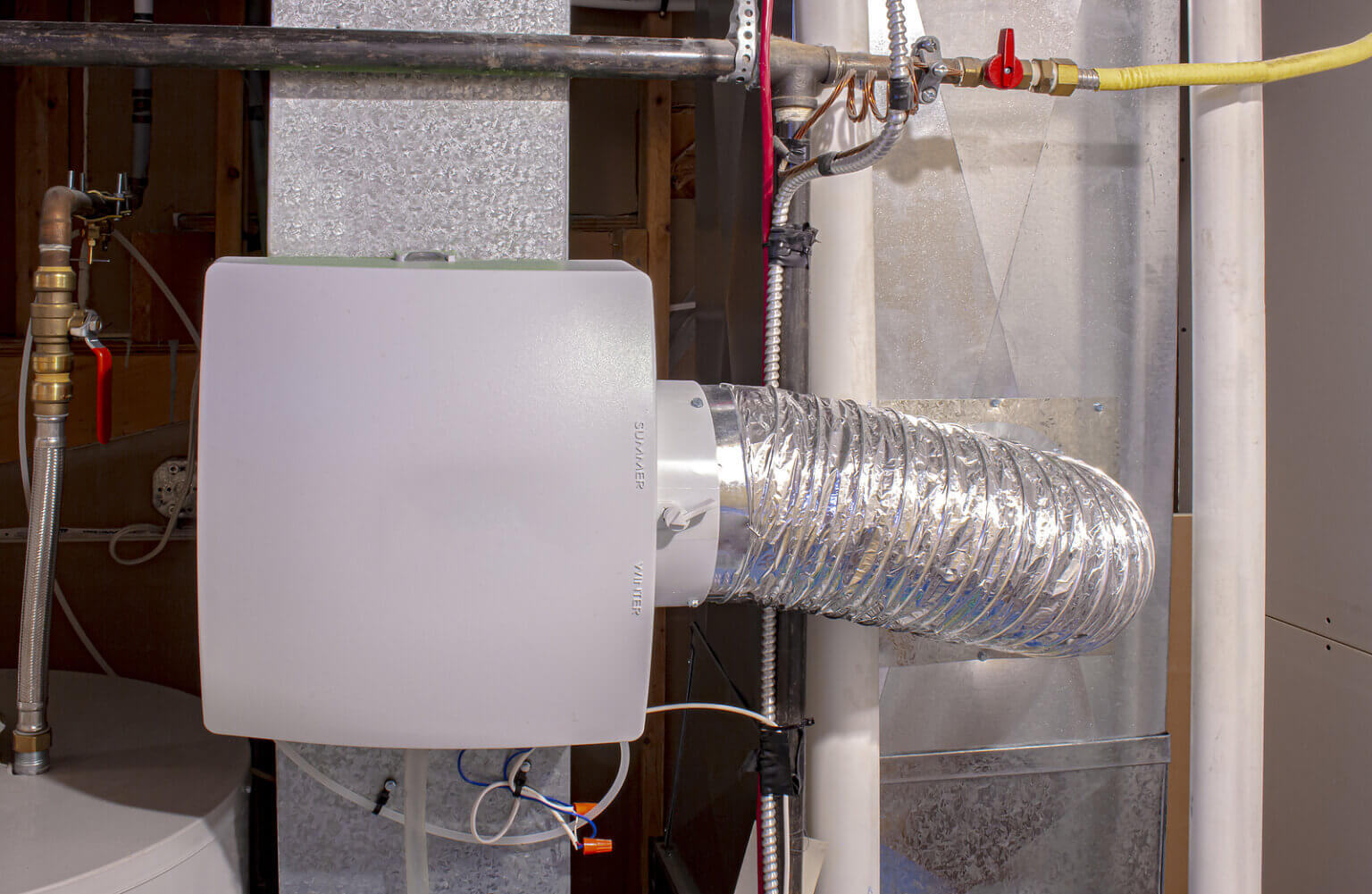What You Need to Know About Title 24 And Bypass

Panic and mayhem seem to be raining down on the HVAC streets of California as contractors scramble to interpret the new regulations and changes to bypass systems with the passing of the 2013 version Title 24.
What is title 24?
Title 24 is the building and energy code standard in California, which ensures building construction, as well as system design and installation, reach at least a minimum level of energy efficiency and maintains environmental quality.
These standards result in lower energy costs, greater comfort, more dependable system service, and a better environment.
Does title 24 only apply in California?
Yes, these changes do only apply to California currently, but the HVAC trends in the west coast state seem to set the standard for the industry. So what do we need to know about Title 24?
- Zoning systems with bypass dampers and ducts are still allowed.
The CEC (California Energy Commission) has approved certain compliance software packages to help design and submit systems with bypass dampers. Depending on the system, you can choose the Performance Compliance Method or the Prescriptive Method.

- There are airflow and fan efficacy requirements associated with zoning systems.
There may be different airflow requirements when zoning systems are used versus systems without zoning.
- Multi-stage cooling equipment may have fewer restrictions.
- If a system meets the requirements of a zonal control system, an energy credit is allowed.
- Check out the tables below which show mandatory requirements and performance compliance options for single zone systems versus systems with multiple zones:


What buildings are covered under Title 24?
California’s Title 24 building codes include construction and design factors such as energy efficiency, lighting, ventilation and more. Any external or mechanical changes that rely on energy usage related to Title 24. These rules apply to new construction and existing buildings for residential, non-residential and businesses.
The standards are updated every three years, with the last set written in 2022 and enacted in January 2023. The next set is anticipated in 2025.
Types of buildings subject to these codes include:
- Residential buildings include single-family homes, townhouses and multi-family residential buildings such as apartment complexes and condominiums.
- Non-residential buildings are a category that covers commercial and industrial buildings as well as public institutions such as schools or government offices.
- High-rise buildings are defined as more than six stories or over 75 feet tall. These fall under specific Title 24 requirements.
- Hotels and motels.
- Healthcare facilities, encompassing hospitals, nursing homes and other medical facilities.
- Retail buildings, including stores and shopping malls.
- Restaurants and food service establishments.
- Industrial buildings, including factories and warehouses.
Do the standards vary by climate zone?
Yes, energy budgets do vary by climate zone and building type. There are 16 climate zones designated in the state of California. The energy code is tailored to local conditions, providing some flexibility in the energy efficiency buildings can achieve.
Concerned about meeting energy codes or building requirements for your HVAC installation or upgrade? Arzel Zoning can help. Call us today for a solution to meeting building codes for new construction or existing buildings.
As far as bypass is concerned, there’s no reason to fret over these changes – they’ve been set in place to ensure better energy usage for everyone. For more references on the current version of Title 24, click on the links below:
2013 Building Energy Efficiency Standards
2013 Building Energy Efficiency Standards Approved Computer Compliance Programs
Title 24 PDF
Residential Alternative Calculation Method Reference Manual
Residential Compliance Manual









